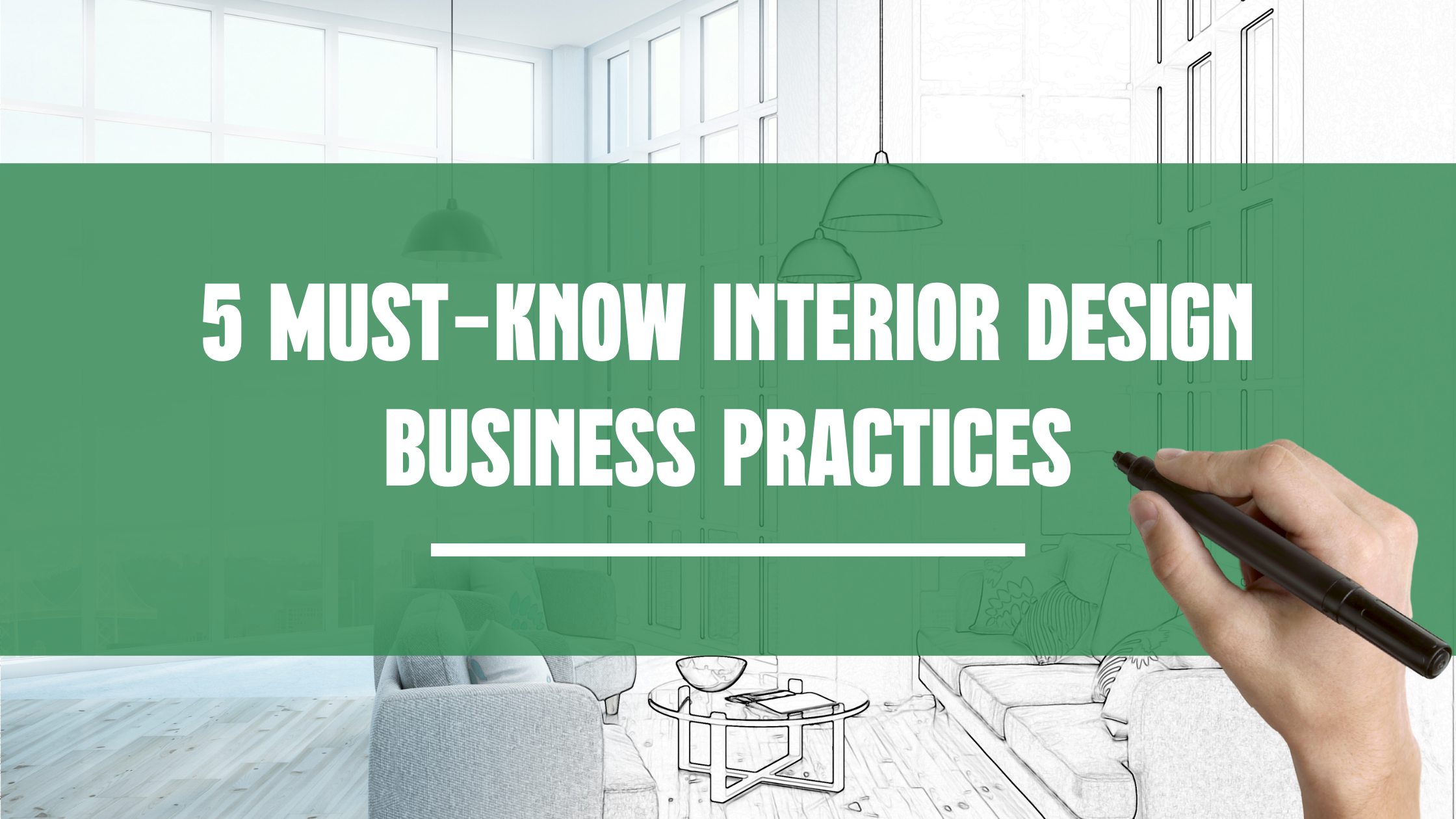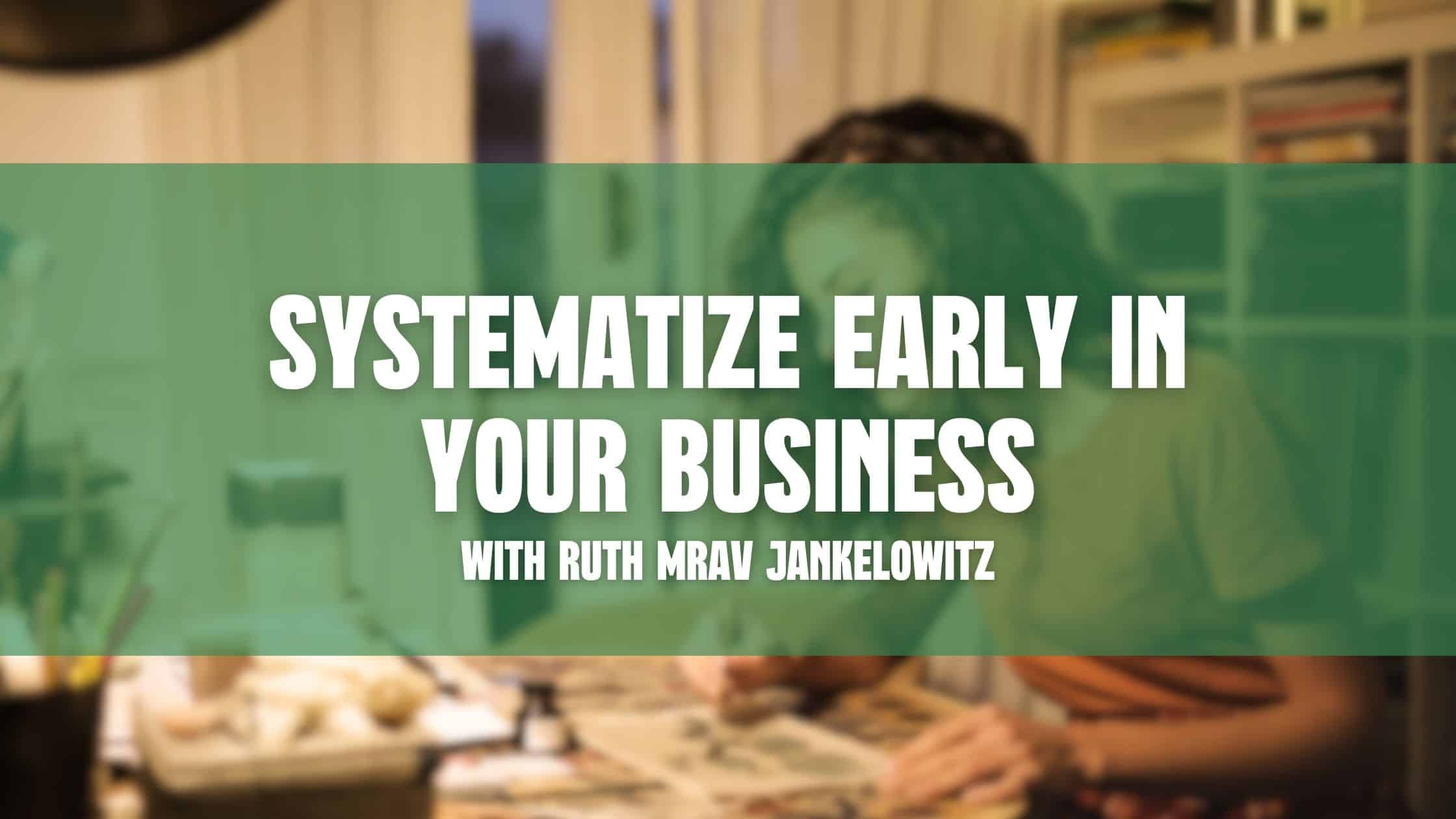
When you’re an interior designer, At Designers Business Academy we make sure that you stay up-to-date on the latest trends and technologies in your industry. Interior design has been around for centuries, but even in just the last few years there have been major changes to how we work with clients—and how clients expect us to work with them. In this article, we’ve put together five must-know business practices for 2022:
1. Create a Customized Website
Your business isn’t as strong and profitable as it could be without a website. When you’re a small interior design business a website is not optional. It’s required.
Your website is your business partner, marketing, client onboarding, work showcase, contact information, client screener, and open for business sign. Without one you’re undoubtedly losing clients and projects.
You need to have a website for many reasons, including:
- To establish credibility with potential clients and customers.
- To show off your work in an organized way that makes it easy for prospects to find.
- To help you collect leads and grow your business by providing information on how visitors can contact you or request more information about your services.
2. Use Client Relationship Management Software
Client Relationship Management software (CRM) is one of the most important tools in your business. CRM helps you keep track of who your clients are and what they need, so you can create a better experience for them. It also helps you communicate with clients more efficiently by making sure that all relevant information is available to everyone in your team who works with clients.
If you’re thinking about adding CRM to your business but aren’t sure how it works or which solution would be best for you, here’s everything you need to know:
What Is CRM? Client relationship management software helps businesses manage their relationships with customers or potential customers by collecting, storing and distributing information that’s relevant to those relationships—whether this means sending emails at certain points in time or recording an appointment made over the phone. Anybody who works on marketing campaigns for their company should have access to client management tools so that they can easily track down leads from different sources like social media platforms (e.g., Facebook ads).
Your team members will likely only need access once-in-a-while when researching new leads; however if someone needs daily updates on how many appointments were booked last week then this type of information must be visible every single day. What Are Some Options Available? Before we get into the options available first you must understand that there are two basic types of systems available today: cloud solutions where all data is stored offsite versus traditional options which require local storage hardware like computers running Windows OS such as Windows 10 Home Edition etc.) After extensive testing here are some FREE options that will serve a variety of businesses
- EngageBay for all-in-one business capability
- Bitrix24 for businesses with a lot of users and contacts
- Zoho CRM for scaling your business
- HubSpot CRM for businesses wanting lots of integration options
- Insightly for project management
- Capsule for an easy CRM
3. Adopt Augmented Reality Tools
A robust augmented reality (AR) tool may be one of the most impactful tools you can invest in as a designer. AR is an immersive technology that uses the user’s camera to overlay digital images onto real world objects and environments. This means that clients can see what their new living room or kitchen will look like before they make any purchases—which not only saves them time and money, but also makes it easier for you to convince them why your design choices are best for them.
The most common use for AR today is with mobile apps such as Houzz and Pinterest, but there’s no reason why this technology shouldn’t find its way into other facets of interior design businesses as well: from giving your team access to detailed specification sheets during projects to showing clients how different furniture options would look in their homes before they buy anything at all!
4. Design on a Budget with Virtual Workspaces
Virtual workspaces can be a great tool for interior design businesses of any size. Virtual workspaces allow you to collaborate with other professionals and save time and money by sharing resources, including software, tech equipment, storage space and even office space.
You may be wondering: how do virtual workspaces work? Virtual workspaces function as a central hub for all your design projects. The workspace itself is essentially just another piece of software that allows you to access your files and communicate with other designers remotely—in real time or virtually (hence the name). The best part? You have no limitations on who you can work with! A designer can use this platform to share content with contractors, consultants or clients without having them sign up for an account themselves.
Anyone who wants easy access to their files while they’re on the go without paying too much upfront cost will benefit from using these platforms—especially if they don’t have their own office space yet.”
5. Build Your Online Presence
As an interior designer, you should have a website that people can visit to learn more about your services. A website will help you market yourself to potential clients and it also provides them with information about how to contact you.
You should also be active on social media platforms such as Facebook and Instagram. These platforms provide plenty of opportunities for reaching out to new clients by posting engaging content that people will want to share or comment on. It’s important that the posts are eye-catching and creative so they don’t get lost among all of the other content being published online today.
Another way of building up your online presence is through blogging; this gives readers an inside look into what goes into designing spaces while also providing valuable insights into related topics such as interior design trends or popular trends in home decorating over time (such as midcentury modern). You may even decide it’s worth creating some infographics or videos depending on what type of content works best for attracting new followers across various channels like Pinterest too!
The final step is having a newsletter where subscribers receive regular updates about events happening throughout North America – such as trade shows – where professionals gather together under one roof during keynote speeches by industry leaders who share tips on how others can succeed within their field today.”
Successful interior designers can build their business by committing to high-quality design and keeping up with new technology that helps them work better.
The future of interior design is bright, and its brightest stars will be those who keep up with the latest technology and make use of it in their work. If you want to be a successful designer in 2022, consider developing your knowledge of new tools that help you achieve your goals more efficiently.
You can learn about these tools by visiting websites like Business News Daily or World Architecture News. Both sites offer useful articles on how technology is changing the face of interior design. For example, an article from Business News Daily discusses how 3D modeling has become an essential part of designing homes; a story from World Architecture News explains how virtual reality can make clients feel more comfortable about choosing furniture for their home; another article from World Architecture News explores VR’s use in architecture projects around the world.
These stories are just three examples: there are many others out there which could help you as an aspiring designer understand how technology can benefit your work!
Conclusion
Interior design is a complicated industry, and it can be hard to keep up with the latest trends. There are a number of tools available to help you get started on your path to success, but it all starts with having an idea of where you want to go with your business. If you’re looking for more information on how these practices will benefit your career as an interior designer, check out Interior Design Business Accelerator course for launching your successful interior design business from scratch





